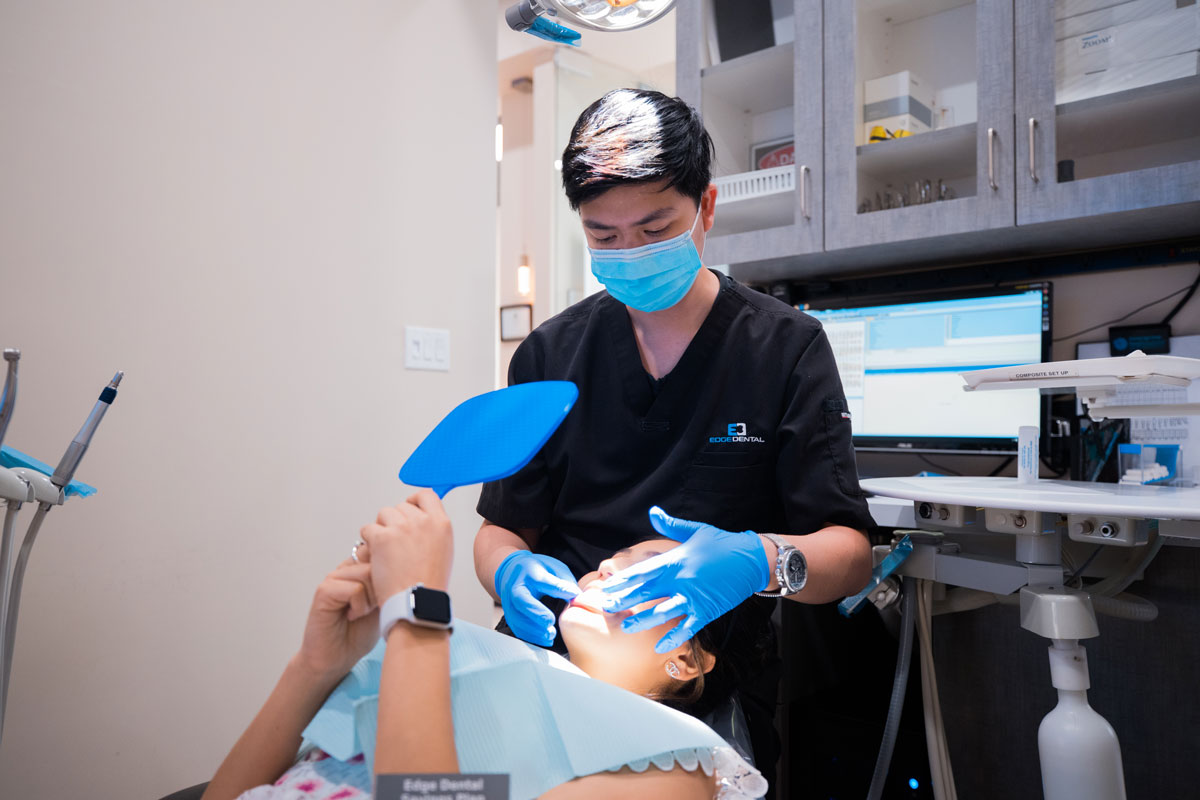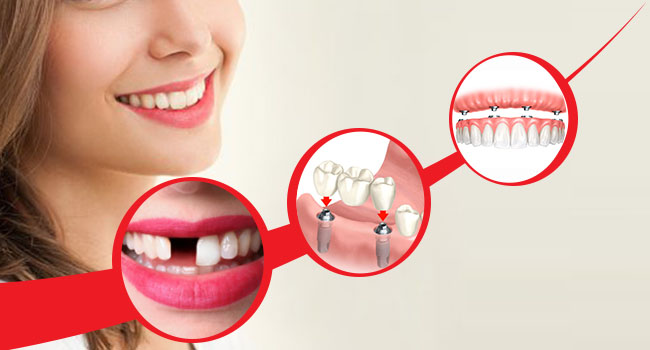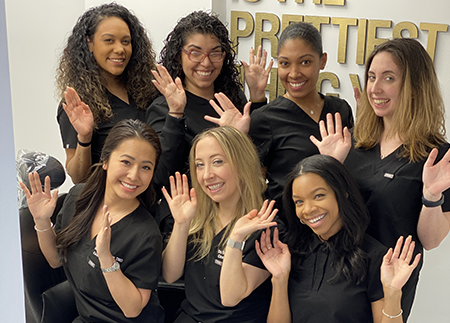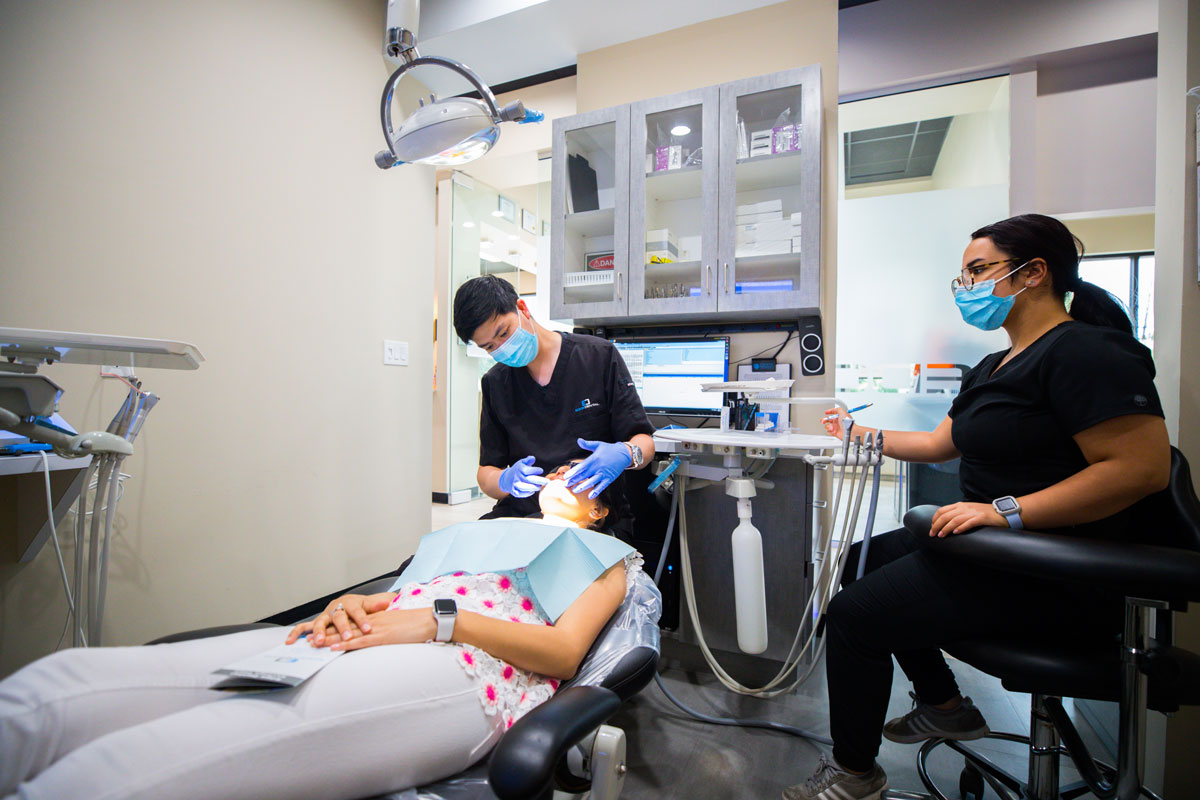When most people think of orthodontic issues, they picture crooked teeth or overbites. While these are common, there are also several lesser-known problems that can seriously affect your oral health. These uncommon orthodontic problems may not be obvious at first, but they should never be ignored.

If left untreated, these issues can cause pain, discomfort, and long-term damage to your teeth and jaw. A trusted orthodontist in Huntsville AL can help you identify and treat these conditions before they get worse.
This article explains some of the unusual orthodontic problems you should know about. It also highlights the importance of early diagnosis and treatment.
1. Impacted Canines
An impacted canine is a tooth that doesn’t emerge properly and stays trapped under the gums. This is more common in the upper jaw and usually affects teenagers. If the canine tooth doesn’t erupt on time, it can press against other teeth and cause misalignment.
In some cases, the impacted tooth can damage nearby roots or form a cyst. If you notice your child’s adult teeth aren’t coming in as expected, it’s best to consult an orthodontist right away. Early treatment can guide the tooth into place and prevent future problems.
2. Tongue Thrusting
Tongue thrusting happens when the tongue pushes against the front teeth while swallowing or speaking. Over time, this habit can lead to an open bite or gaps between the teeth.
It often goes unnoticed because it seems harmless. However, tongue thrusting can change the way your teeth and jaw develop. It may also affect speech and breathing patterns. An orthodontist can help diagnose this condition and offer solutions like braces, myofunctional therapy, or tongue trainers.
3. Crossbite in One Tooth
Most people are aware of crossbite affecting multiple teeth, but a crossbite can also affect just one tooth. This happens when one upper tooth sits inside the lower tooth instead of outside. While it may look minor, it can cause uneven wear and jaw discomfort over time.
This problem can also lead to gum recession if not corrected. A single-tooth crossbite might require braces or clear aligners to fix the position gently over time.
- Dental Midline Misalignment
Dental midline misalignment happens when the center of your upper front teeth does not align with the center of your lower front teeth. This may not seem like a big issue, but it can throw off the balance of your bite and facial symmetry.
This problem can be caused by early loss of baby teeth, thumb sucking, or jaw growth differences. Treating it early can help maintain facial balance and prevent bite complications later.
5. Supernumerary Teeth (Extra Teeth)
Having more than the normal number of teeth is called hyperdontia. These extra teeth, known as supernumerary teeth, can block the eruption of regular teeth or push them out of position.
Extra teeth often go undetected unless an X-ray is taken. They may not always cause pain, but they can disrupt the dental arch and lead to crowding or impacted teeth. An orthodontist will often work with a dental surgeon to remove them before starting orthodontic treatment.
6. Open Bite Due to Mouth Breathing
Some people develop an open bite not from jaw alignment issues, but due to chronic mouth breathing. Breathing through the mouth instead of the nose can affect the development of the face and jaw.
Mouth breathing can also cause dry mouth, bad breath, and even sleep issues. If this habit is caught early, orthodontic treatment combined with medical care can help guide proper facial development.
7. Asymmetrical Jaw Growth
One side of the jaw may grow faster or differently than the other. This can result in an uneven smile or a shifted bite. While some jaw asymmetry is normal, severe cases can affect chewing and speech.
In many cases, early treatment with braces or growth modification devices can correct the imbalance. In adults, surgery may be needed along with orthodontics.
8. Prolonged Thumb Sucking Effects
Thumb sucking is normal in infants, but if it continues past the age of 4 or 5, it can lead to long-term dental problems. This habit can cause the front teeth to push forward and create an open bite.
It may also lead to jaw misalignment. If you notice your child’s teeth changing shape due to thumb sucking, a visit to an orthodontist can help prevent bigger issues down the line.
Why Early Diagnosis Matters
Many uncommon orthodontic issues don’t cause pain in the early stages. That’s why they often go unnoticed. Regular dental check-ups and orthodontic consultations can help spot problems before they turn serious.
Orthodontists use digital X-rays, 3D imaging, and detailed exams to find issues that may not be visible on the surface. The earlier you catch a problem, the simpler and more effective the treatment will be.
Final Thoughts
Uncommon orthodontic problems may not be well-known, but they can affect your oral health, bite, and even your appearance. If you or your child has unusual symptoms like jaw discomfort, uneven teeth, or delayed tooth eruption, don’t ignore them. These may be signs of underlying issues.

















